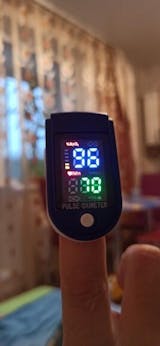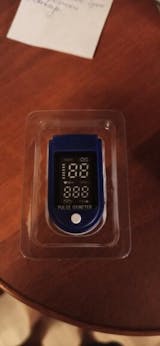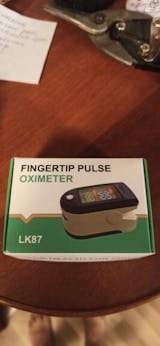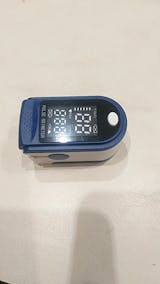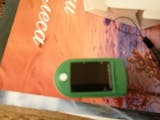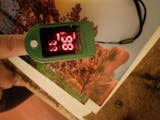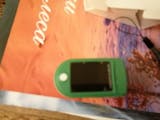
This Pulse Oximeter Is An Incredible Device That Is Used To Quickly And Easily Monitor A Person’s Oxygen Saturation And Heart Rate. This Means That It Can Measure The Level Of Oxygen Within The Blood, Specifically In Arterial Blood Without Using Any Invasive Means. Designed To Be Small, Portable, And Provide A Reading Within Seconds!
---
What Does a Pulse Oximeter Measure?
Pulse Oximeters measure the percentage of arterial oxygen primarily. In more precise terms, this is the amount of oxygen carried on blood hemoglobin. It’s known as SpO2. Another way to see the result as oxygen saturation. This is an expression of the ratio between oxygenated to de-oxygenated blood. Accurate Real-Time Monitoring: The readout is displayed after a few seconds, and this is another important feature in pulse oximetry. It’s helpful in emergencies and in situations where constant real-time monitoring of a patient’s vital signs is essential.
Accurate Real-Time Monitoring: The readout is displayed after a few seconds, and this is another important feature in pulse oximetry. It’s helpful in emergencies and in situations where constant real-time monitoring of a patient’s vital signs is essential.
TFT LCD Screen: Equipped with TFT LCD screen showing SpO2 value, pulse rate (PR), and pulse wave very clear.
Heart Rate Measure: In addition to measuring oxygen saturation, the device provides a heart rate measurement as well. 
Non-Invasive: The best part of a pulse oximeter is that it’s non-invasive. Back in the day, doctors had to draw blood from a patient and perform several analyses to find out the percentage of oxygen saturation. Versatile Use: Fingertip pulse oximeter for simple daily checking, can be used in families, social care institutions, community service centers, etc. Intended for measuring blood oxygen saturation and pulse rate of adults or children, and you can use it for measurement before or after sports.
Versatile Use: Fingertip pulse oximeter for simple daily checking, can be used in families, social care institutions, community service centers, etc. Intended for measuring blood oxygen saturation and pulse rate of adults or children, and you can use it for measurement before or after sports. 
Small And Portable: Designed to be a small and portable device that clips onto the finger and provides a reading within seconds. 
How to Use a Pulse Oximeter?
Using a pulse oximeter is quite simple. Just open the probe, insert one finger into the probe, turn on the oximeter, after about several seconds, the measurement result can be read directly from the screen. To get reliable realistic readings, try to minimize the patient’s movement as much as possible. Also, if you’re using a finger clip, then make sure there’s no nail polish. These simple measures are sufficient for obtaining an accurate representation of arterial blood oxygen saturation. 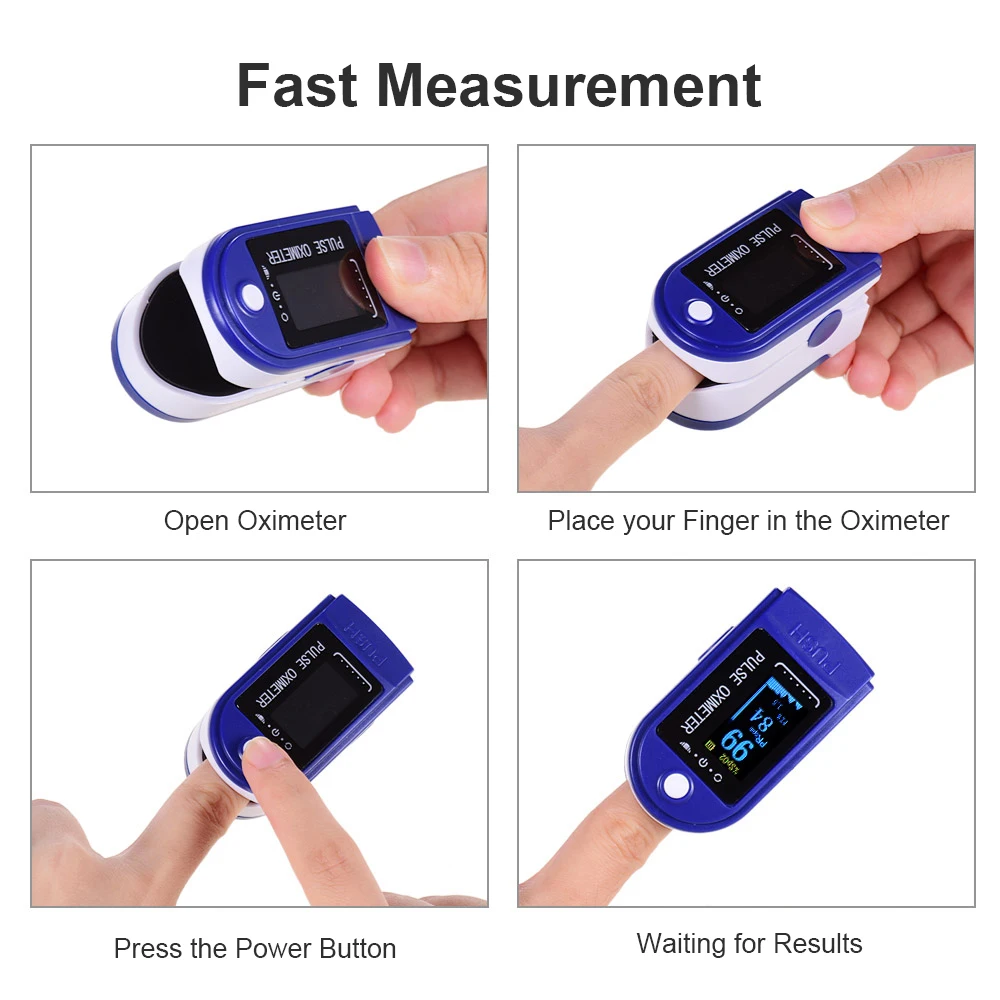
Which Finger Is Best for a Pulse Oximeter?
Pulse oximetry isn’t a new technology. It was implemented around the 1980s, but many advances have been introduced since then. Mostly, to increase the reliability of the readings. Accuracy is often the main concern in measuring oxygen saturation, and an interesting 2015 study observed how clipping each finger affected the results.
The verdict came out that the middle finger of the right hand gives the best accuracy. The thumb of the same hand follows.
Battery Powered: Powered by 2pcs AAA batteries (not included), compact size and lightweight, come with a lanyard, convenient to carry around and use anytime anywhere.
Specifications:
Operating Mode: spot checking
SpO2 Declared Accuracy: 70%-100%, ±2%; 0%-69%, unspecified
SpO2 Display Range: 0%-100%
PR Declared Accuracy: 30-250bpm, ±2bpm
Power Supply: 2 * AAA batteries(not included)
Item Size: 5.7 * 3 * 3cm
Item Weight: 25g
Package Size: 7* 6.5 * 4cm
Package Weight: 38g
Packing List:
1 * Oximeter
1 * Lanyard
1 * User Manual(English)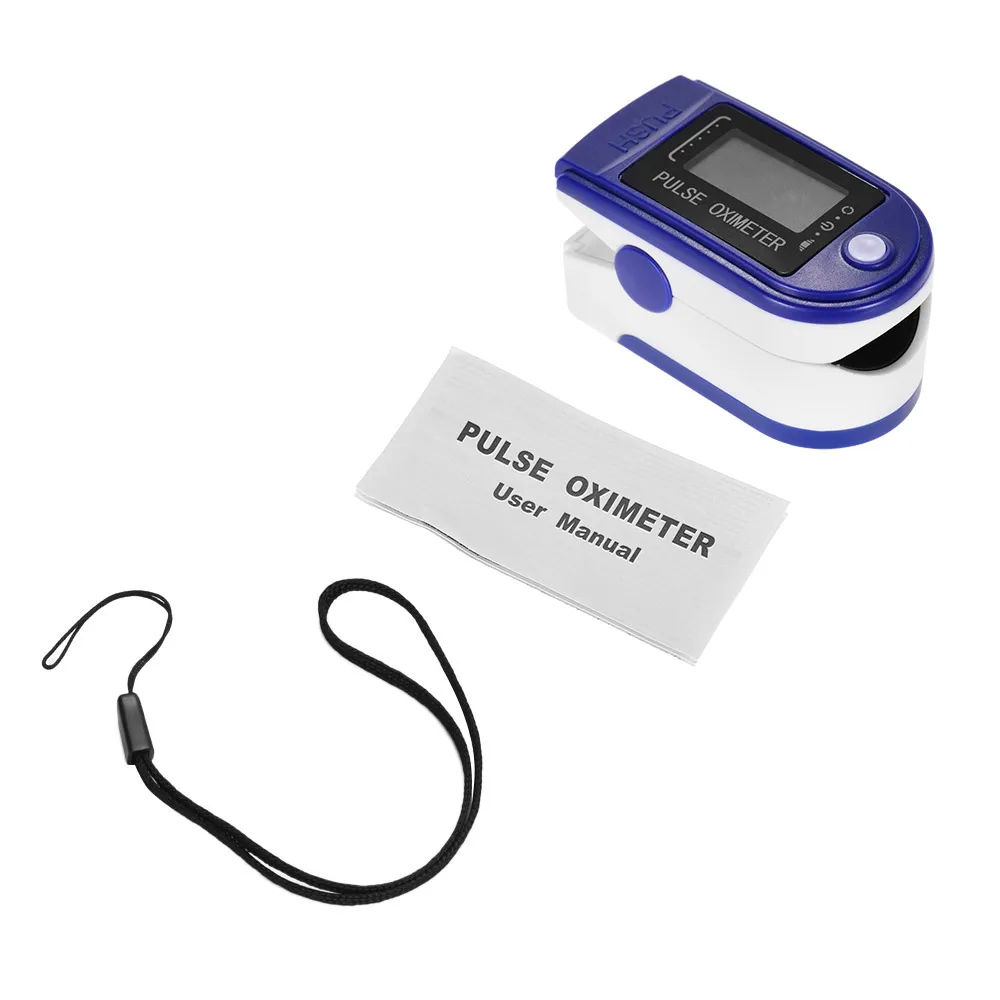
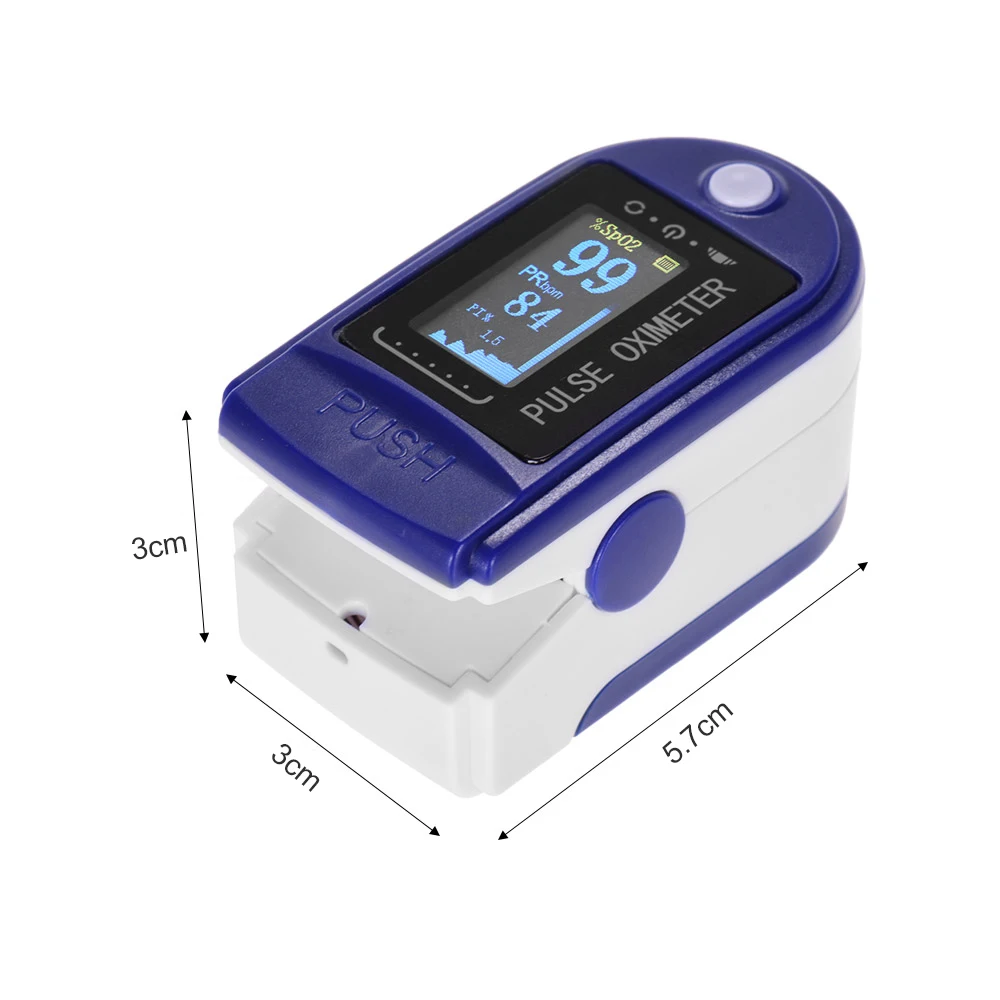
Please allow 10-20 business days for the item to arrive.












